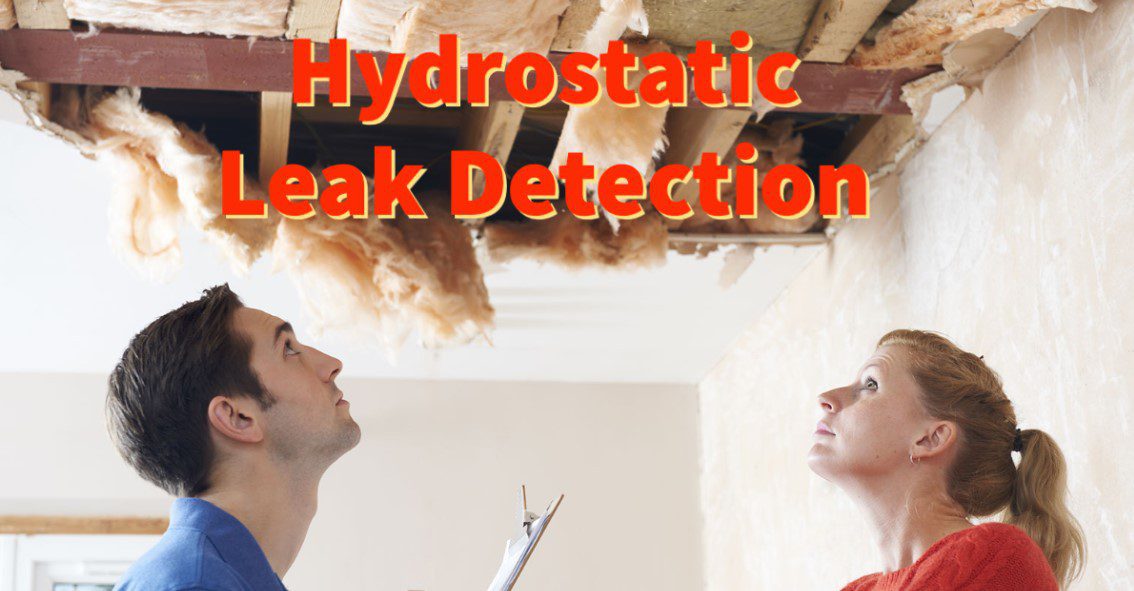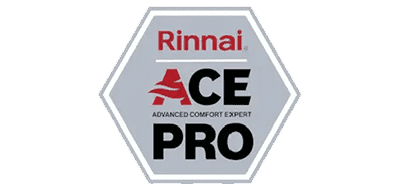Drain and sewer lines carry wastewater away from your home’s kitchen and bathroom. Houston homeowners are thankful for that since they don’t want wastewater to remain anywhere in or near the house. Unfortunately, that’s not always the case. An unforeseen leak in a drain or sewer line can lead to raw sewage leaking onto your front lawn or even inside your house. Aside from the foul odors and revolting clean-up that’s involved, there are sure to be thousands of dollars in repairs to go along with it.
Fortunately, there are preventative measures you can take to mitigate leaks in your drain or sewer lines. A hydrostatic pressure test can help to determine if leaks exist so that they can be fixed before any damage is done.
As a Houston homeowner, it’s important to understand hydrostatic pressure tests, how they are performed, and how they can help you avoid a potentially costly and messy situation.
What Is a Hydrostatic Pressure Test?
Hydrostatic pressure testing, sometimes simply called hydrostatic testing or hydro testing, is a test that is used to find leaks in a pressurized system. These tests are typically performed on pipelines, boilers, fuel tanks, gas cylinders, and your home’s sewer line.
All plumbing and drainage systems need to withstand a certain amount of pressure. This test ensures that the pipes, joints, and flanges in your home’s system have the strength to withstand the pressure. In the process, the test exposes any weaknesses or leaks that may exist in the system.
During a hydrostatic pressure test, which should always be performed by a trained professional, the system being tested is filled with water, then pressurized to test its integrity. The professional looks for a drop in the liquid level. If there is a drop, it’s a sign that the liquid is escaping from somewhere through a leak.
Why Is a Hydrostatic Pressure Test Necessary?
Most of the time, you won’t be able to detect a leak in your drain or sewer line. The pipes that lead to the sewer line are buried underground, perhaps right under your front lawn. Without a way to visibly see a leak, it can go undetected for months or even years. But, eventually, the leak will get bigger and you’ll detect the leak through less fortunate situations.
One of the typical ways damage occurs is through tree roots. The roots of a tree are always looking for a source of water. If your underground drain pipe has a leak, the tree roots will detect it and move towards it. Eventually, the roots will find the leak in the pipe and insert the roots into the hole in the pipe. As the root grows, it gets bigger, making the hole in the pipe bigger. Eventually, the stress of the increasing size of the hole will cause the pipe to break, leaving you with an expensive and messy clean-up on your front lawn to deal with.
A hydrostatic pressure test avoids messy situations by acting as a preventative measure. Rather than reacting to the damage, you’re preventing it before it even happens. The small amount of money you spend on the test is well worth the very large amount you will spend on repairs and cleanup.
How Is a Hydrostatic Pressure Test Performed?
A hydrostatic pressure test should only be performed by a trained professional. This is not just a matter of watching a few videos to learn how to do it. Too many things can go wrong and you can do major damage to your plumbing system if you attempt this as a do-it-yourself project.
Here are the steps a professional will take when conducting a hydrostatic pressure test:
- For hydrostatic testing on a residential or commercial plumbing system, the test begins by removing a toilet on the first floor of the house.
- An inflatable ball is pushed into the drainpipe to block the entire plumbing system.
- Once the system is blocked, the professional monitors the water level at the site of the toilet that was removed.
- If the water level remains the same, there are no leaks. Dropping water levels indicates that there are leaks somewhere in your plumbing system.
- If a leak is detected, the next step is isolation testing. In isolation testing, separate sections of the plumbing system are blocked off and tested individually in the same manner as with the whole house test. Isolation testing allows the plumbing technicians to narrow down and find the exact area where the leak occurred.
- Once the leaks are located, the professional will devise a solution that takes the integrity of the entire system into account. The solution may simply involve replacing a small section of pipe or as complex as a complete redirecting of your drainage system.
How Frequently Should I Get a Hydrostatic Pressure Test?
While there is no set time period or recommended number of times to get a hydrostatic pressure test, you have to decide if it’s right for your situation. Determine the last time the test was performed, if at all. Also, consider the age of your home and the plumbing system. Newer homes with newer plumbing systems may not need frequent testing. However, homes that were built many years ago have old systems that may be outdated. The older the system, the more likely something can go wrong with it.
In the end, you have to remember that the hydrostatic pressure test is a preventive measure. In effect, it’s going to prevent damage that could result in thousands of dollars of repairs and cleanup.
Should I Get a Hydrostatic Pressure Test for My New Home?
If you are buying a new home, getting a hydrostatic pressure test is a good idea. You normally get a home inspection on a prospective new home to reveal any unforeseen structural issues that may exist. Think of this test as the same thing, except it’s for possible structural issues in the plumbing line.
Since most of the drain and sewage pipes are not visible, the owner of the house may not even be aware of any leaks in the system. With a hydrostatic pressure test, you can find out about any leaks before the purchase and possibly leverage the cost of any repairs that have to be done into the sale price of the house.
How Can Nick’s Plumbing Help?
If you live in the Houston area and you think your plumbing system needs a hydrostatic pressure test, Nick’s Plumbing can help. Our fully trained and licensed technicians can perform the test safely and accurately. They will give you a thorough assessment and make recommendations for next steps.
Nick’s Plumbing has been serving the community since 1979. We guarantee all of our work, so you can be confident in knowing it will be done right the first time. Call us today at 713-868-9907 or contact us on our website for plumbing solutions that work for you.


























